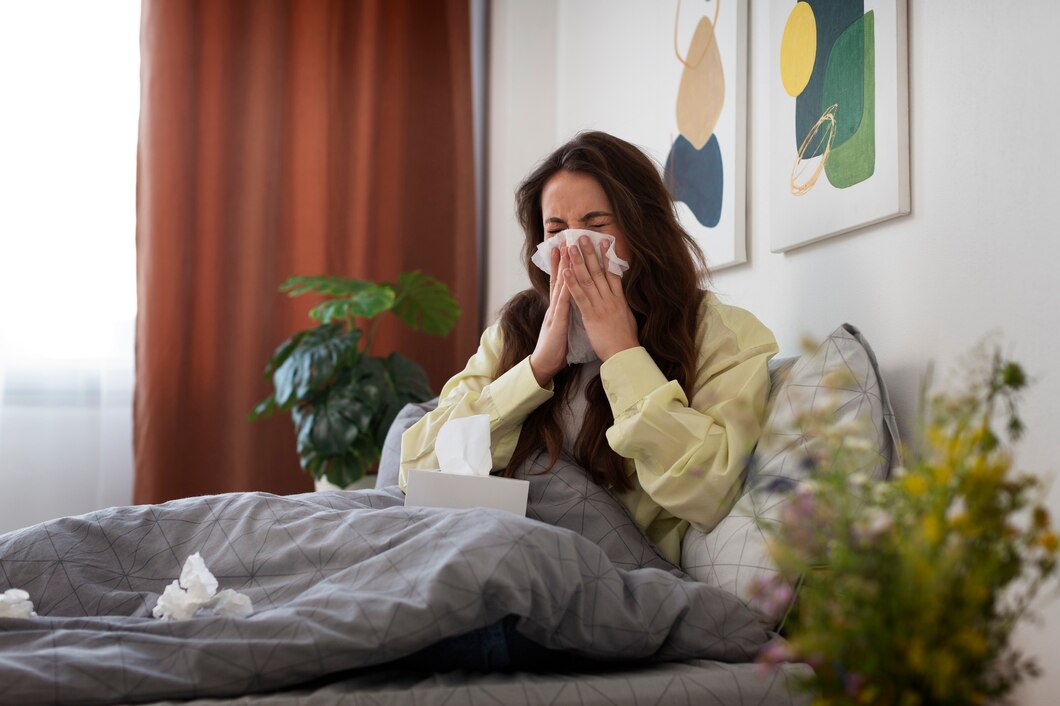Environmental allergies represent a common response of the body’s immune system to substances present in the surrounding environment. These substances, known as allergens, are typically harmless to most people but can trigger a reaction in individuals who are sensitive to them. Common triggers include airborne particles such as pollen, mold, dust mites, and pet dander. Exposure to these allergens can lead to a range of physical symptoms that affect daily life.
What Causes Allergies?
An allergic reaction occurs when the immune system mistakenly identifies a harmless environmental substance as a threat to the body. In response, it produces antibodies. These antibodies attach to certain cells in the body. When the person is exposed to that specific allergen again, the antibodies trigger these cells to release chemicals, such as histamine, into the bloodstream. This chemical release is what causes the symptoms associated with allergies.
Allergens that provoke these reactions are widespread. Pollen is a common cause of seasonal allergies, with levels fluctuating according to the time of year and geographic location. Perennial allergies, on the other hand, can occur year-round. They are often triggered by indoor allergens, such as dust mites, which are microscopic creatures. Mold spores and pet dander from animals like cats and dogs are other common causes of perennial symptoms.
What Are the Symptoms?
The body’s reaction to environmental allergens can manifest in several ways. It primarily affects the respiratory system. The experience of symptoms can vary among individuals in both type and severity.
Commonly reported symptoms include nasal congestion or a stuffy nose, which results from inflammation of the nasal passages. Sneezing is another frequent response. Many people experience itchy or watery eyes, which may appear red and feel irritated. Postnasal drip, characterized by a sensation of mucus dripping down the back of the throat, can lead to a persistent cough or a frequent need to clear the throat. Some individuals also report experiencing fatigue or headaches in conjunction with their other symptoms.
How Are They Treated?
Managing the effects of environmental allergies often involves several general approaches. A primary strategy is to minimize exposure to known allergens. This can include lifestyle adjustments tailored to specific triggers. Staying indoors when pollen counts are high may help reduce seasonal symptoms. Implementing consistent cleaning routines, such as regular dusting and vacuuming, can help control indoor allergens like dust mites and pet dander. Using air purifiers may also help filter allergens from the air inside a home.
Over-the-counter products are available to help manage symptoms. Antihistamines are designed to counteract the effects of histamine, the chemical released during an allergic reaction. Nasal saline rinses or sprays may help clear allergens from the nasal passages and relieve congestion. The effectiveness of these methods can differ from person to person, and what works for one individual may not be suitable for another.
Confer With a Medical Expert
If you are experiencing persistent symptoms that you suspect are related to environmental allergies, seeking guidance from a medical expert is a productive step. A healthcare professional can provide a structured approach to identifying potential triggers and understanding your specific situation. Before an appointment, it may be helpful to document your symptoms. This preparation allows for a more focused conversation, helping you and your provider work together to understand the factors contributing to your symptoms and to pursue proper treatment then.







